
Vitamin D is fascinating. Our bodies can produce it in sunlight, which isn’t the case with any other vitamin. And yet, many people don’t get enough sun to manufacture the vitamin D that they need. This isn’t as surprising as it might sound. After all, we often bundle up when we go outside or lather on the sunscreen. Vitamin D rich foods can be an easy way to increase your vitamin D intake and stay healthy.
Now, food isn’t an amazing source of vitamin D. This means that you’ll probably still need to get out into the sun regularly. If doing so isn’t a viable option, you may need to rely on a supplement instead.
It’s also worth mentioning that opinions about vitamin D intake vary – dramatically. To avoid vitamin D deficiency, you’ll generally need more than 600 IU of vitamin D (unless you’re above 70 years of age, in which case you’ll need around 800 IU instead.
However, some people argue that higher doses of vitamin D offer more benefits. This could be anywhere from 1,000 IU per day all the way up to 4,000 IU. While there may be advantages to such doses, you’re not likely to get that much vitamin D from food alone, even if you focus on the foods we’re featuring on this list. And, if you plan to take a supplement as well, be sure to check in with your doctor first.
Vitamin D Rich Foods
- Salmon
- Herring
- Sardines
- Other Types Of Fish
- Meat
- Mushrooms
- Shiitake Mushrooms
- Maitake Mushrooms
- Eggs
- Fortified Foods (And Drinks)
- Protein Powder
Salmon
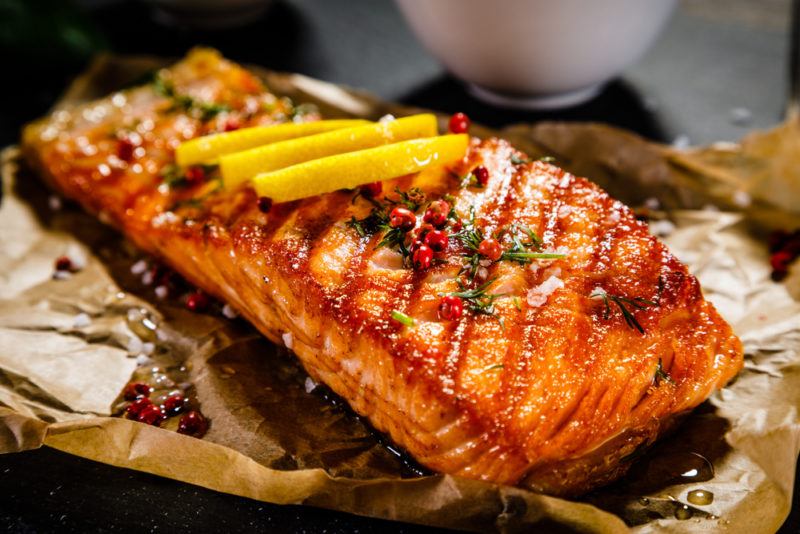
Salmon is often considered one of the healthiest types of fish and it is certainly one of the most popular. The popularity of salmon isn’t surprising, as the fish really does stand on its own. It’s rich and meaty, to the extent that some people that don’t normally enjoy fish, still find that they like salmon.
The fish is also fatty, which makes it a powerful source of omega-3 fatty acids. These omega-3s are reason enough to eat salmon regularly, as they’ve been linked to benefits like improved health and decreased inflammation.
Plus, salmon happens to be one of the best food sources of vitamin D. An 100 gram serving of farmed Atlantic salmon, for example, will provide you with around two-thirds of your daily vitamin D requirement, while wild-caught salmon offers even more vitamin D. An 100 gram serving of wild salmon could even provide more than 100% of your daily vitamin D requirement.
However, estimates of vitamin D content do vary. The vitamin D content may be different depending on other factors too, like where the fish was raised and what the fish was fed. This means that you could get less or more vitamin D than you might expect from salmon.
Herring
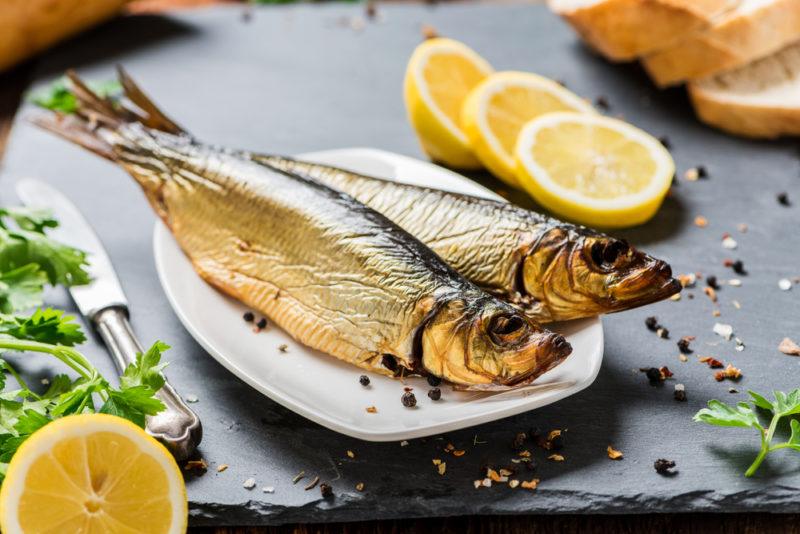
Herring is a small type of fish that is often served either pickled, salted, or smoked. When smoked and butterflied, herring is known as a kipper. Kippers, as you may be aware, is a common type of English breakfast and can be a hearty start to the day.
In the kippered form, a 100 gram serving of herrings provides around 80 to 110 IU of vitamin D. Fresh herring can be is higher in vitamin D, often containing more than 100 IU in the same serving size.
You’ll get the most benefits from herring if you eat the small bones as well. This is a good way to increase calcium intake too and the bones tend to be soft if you’re eating pickled herring.
Sardines
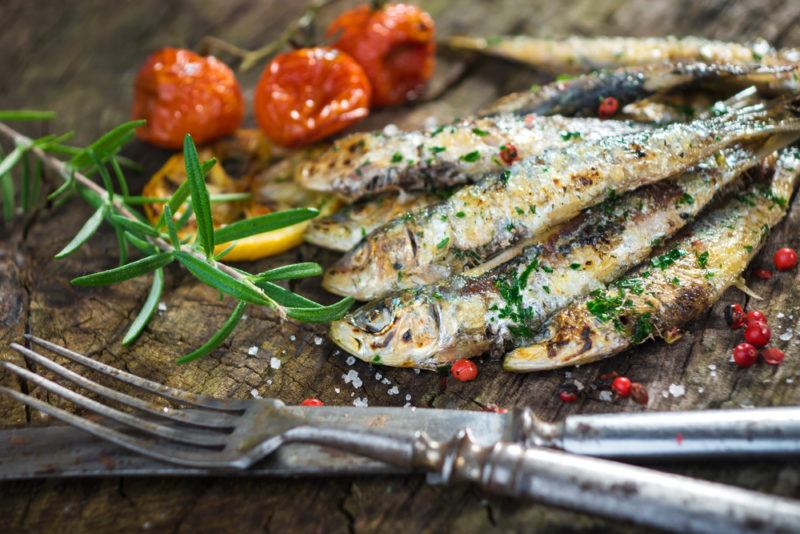
Sardines are another marine source of vitamin D. They’re surprisingly powerful, often giving you close to 200 IU of vitamin D in a 100 gram serving. Because you’ll often be eating the soft bones of sardines along with the flesh of the fish, sardines end up being another useful calcium source.
Sardines have other advantages too. For one thing, they tend to come canned. This makes them very shelf stable. With fresh fish, on the other hand, you have a short window to enjoy the fish while it is still at its peak. The canned nature of sardines makes them easy to store too. Plus, they tend to be less expensive than fresh fish.
If all those advantages aren’t enough – there’s also the mercury content. Seafood tends to accumulate mercury, which is one reason for being wary about your intake. But, sardines have less mercury than any other type of fish, as they feed on plankton. This gives you the chance to enjoy them guilt free.
Other Types Of Fish
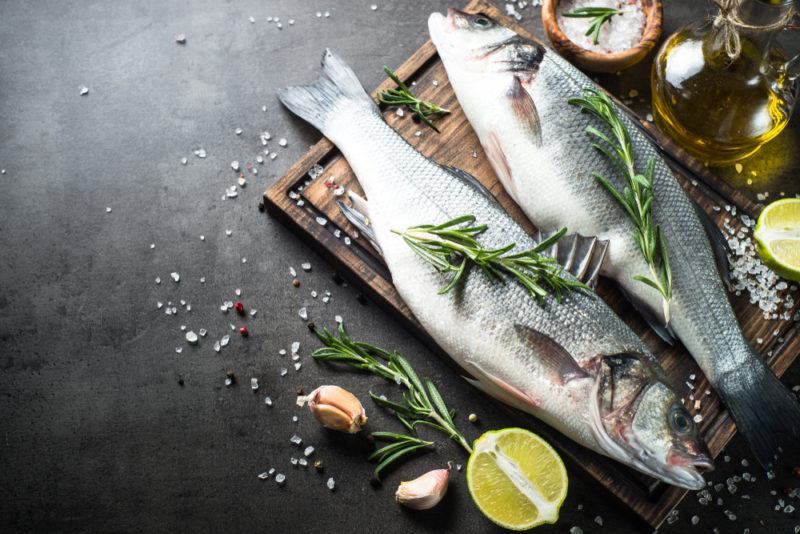
We’ve talked about salmon, herring, and sardines already, so it shouldn’t be too surprising that other types of fish tend to provide you with vitamin D as well. Oily fish tends to be the best choice, with blue fish being a much better source of vitamin D than white fish.
You can also turn to canned tuna, which tends to be inexpensive and is easy to use. However, canned tuna tends to have a decent amount of mercury, more than many other types of fish. You can enjoy one serving per week without concern, but multiple servings could be a problem.
The vitamin D levels will vary depending on the species that you choose and how it is raised. Plus, the vitamin D levels listed in food charts tend to be the amounts that you find in raw fish. Some of this vitamin D is lost during the cooking process.
While fish is one of the best food sources of vitamin D, you’re not likely to get the vitamin D you need from fish alone (or from any food source). Still, any type of fish will provide you with healthy omega 3 fatty acids, along with other beneficial nutrients. The omega 3s are the only reason that you need to eat fish regularly.
Meat
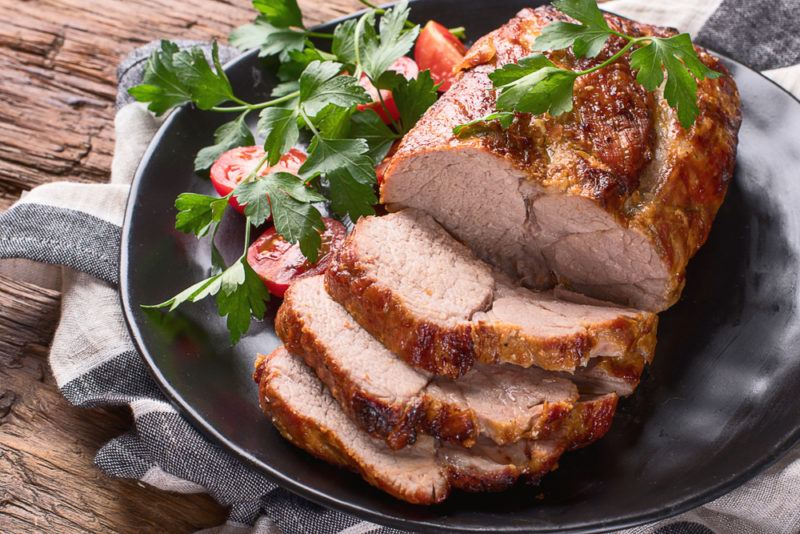
Discussions of vitamin D mostly focus on marine sources of the vitamin, but you can also find vitamin D in many cuts of meat. Pork appears to be one of the best sources, while lamb is significant as well.
However, vitamin D levels in meat haven’t been extensively studied and reported vitamin D levels vary depending on the data source that is being considered. While this means that we don’t fully know the best cuts of meat for vitamin D, it is clear that you’re likely to get some vitamin D from meat. This is good news for anyone who enjoys meat, particularly pork.
Mushrooms
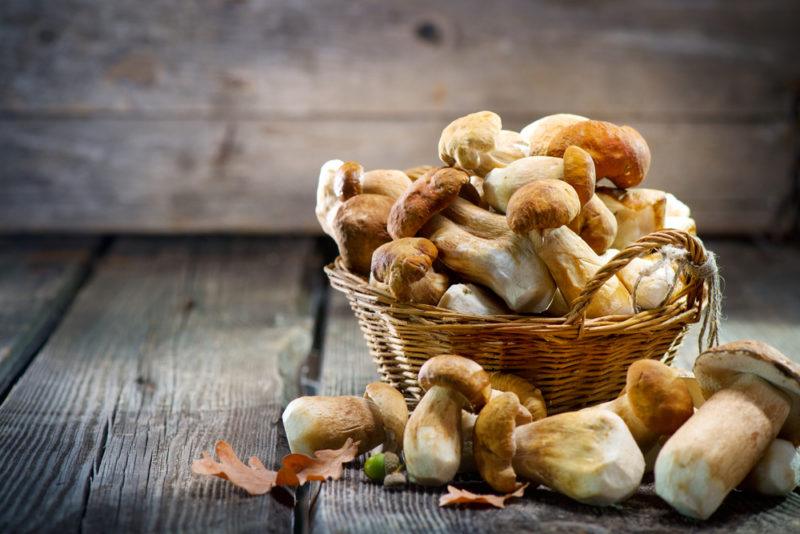
Vitamin D isn’t common in plants. Mushrooms are one of the few sources that you can turn to, which isn’t good news for vegans. Plant-based sources of vitamin D aren’t as powerful either, as they contain vitamin D2, rather than vitamin D3.
Vitamin D2 is a slightly different form of vitamin D than what our bodies produce naturally. It doesn’t tend to be absorbed as well, so you’re not getting as many benefits.
While mushrooms do provide vitamin D, this only happens when the mushroom is grown in sunlight. Most commercially grown mushrooms, on the other hand, are grown in the dark, which means that they contain very little vitamin D.
You can get around this problem by focusing on wild mushrooms instead, including ones that you forage for yourself. You could also look for exotic mushroom varieties, like those sold at a local market. However, if you do so, be sure to check how the mushrooms are grown.
Shiitake Mushrooms
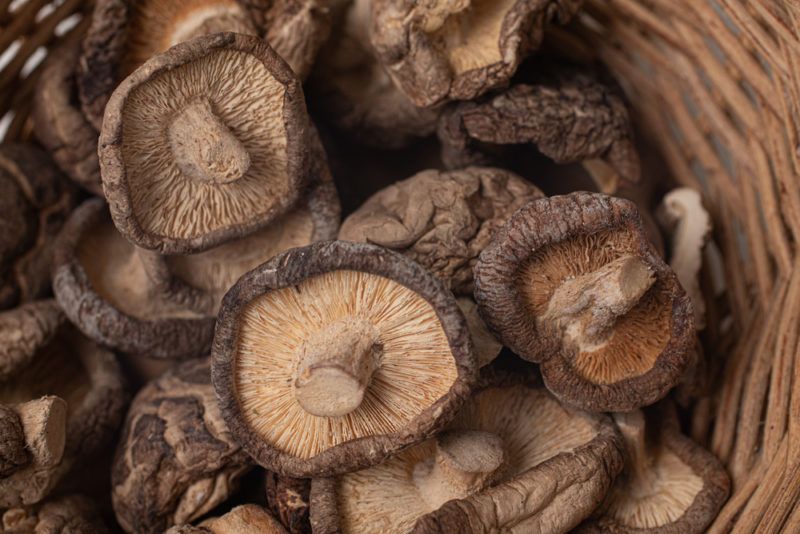
Shiitake mushrooms deserve special attention. You get around 70 or 80 IU of vitamin D from 50 grams of the mushrooms. While this isn’t a large amount it can be useful. Plus, it’s very easy to add dried mushrooms into your diet. You can add them to many meals and don’t need to worry much about them spoiling.
Maitake Mushrooms

Maitake mushrooms are another type to mention. These often contain more than 500 IU of vitamin D in a 50 gram serving. That vitamin D content is based on raw mushrooms rather than dried ones, which makes it an even more impressive level.
The mushrooms are harder to find than white mushrooms, so you might need to do some hunting around. They may be more expensive too.
Eggs

Eggs are another choice for vitamin D. They’re perfect for anyone who doesn’t eat fish regularly. After all, we use eggs in so many different ways. They’re a popular feature in breakfasts and you’ll also see them crop up in other meals.
Most of the vitamin D in eggs comes from the yolk, so you can’t just eat the white of the egg. This isn’t too surprising, as most of the fat and nutrients in eggs is in the yolk.
Eggs are interesting, as their vitamin D content can vary dramatically. The amount of vitamin D is influenced by factors like the feed that is used and whether the chickens were able to roam outside or not.
To get the most vitamin D, you’ll need to focus on chickens that were raised outside. You can also look for eggs marketed as being high in vitamin D. Such eggs come from chickens whose feed was enriched with vitamin D and the eggs end up with a much higher vitamin D level than normal.
Fortified Foods (And Drinks)
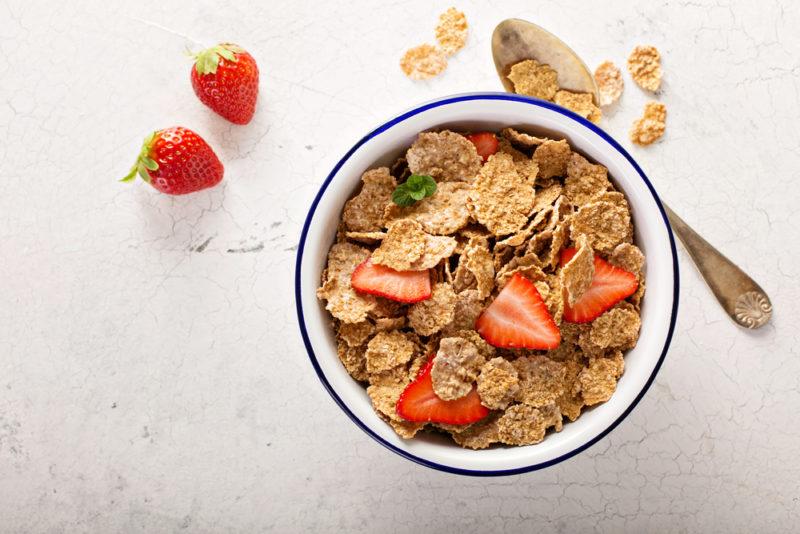
As you can see, the number of natural vitamin D foods is limited. Seafood remains the best option, but you won’t get your daily vitamin D intake from seafood alone. Besides, many people don’t eat seafood regularly.
To get around this, you can focus on products that are fortified with vitamin D. Cereal is a common choice, as many cereal products have vitamin D added. However, this vitamin D is in the D2 form, so our bodies don’t absorb it as well as vitamin D from fish.
You also need to be careful with cereal, as some products look like they are very good for you, but aren’t at all. Cereal often ends up being high in sugar and may contain additives as well. You’ll need to shop carefully to find a cereal that is fortified with vitamin D and is also healthy.
Yogurt is another option that is sometimes vitamin D fortified. Between yogurt, cereal, and milk, you could easily have a decent amount of vitamin D first thing in the morning.
Some drinks are fortified with vitamin D too, including orange juice, cow’s milk, and soy milk. The milk options are particularly useful because you don’t need to drink them as-is. Instead, the milk can be included as an ingredient in many different recipes.
Protein Powder
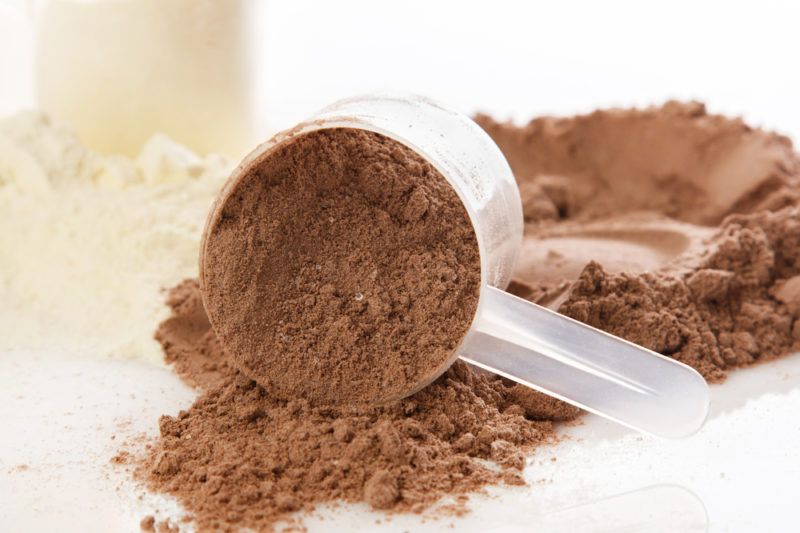
Protein powder is the main other place that you’ll find vitamin D. This type of powder is used to make protein shakes and smoothies, and is an easy way to increase your protein intake.
However, you won’t find vitamin D in all protein powders, so you’ll need to carefully check the ingredients label. One trick is to look for products that are marketed as meal replacement shakes. These tend to be fortified with various nutrients, including vitamin D.
The nutrient balance can vary dramatically from one product to another. Some might not even have vitamin D, which is another reason for double checking the ingredients label.

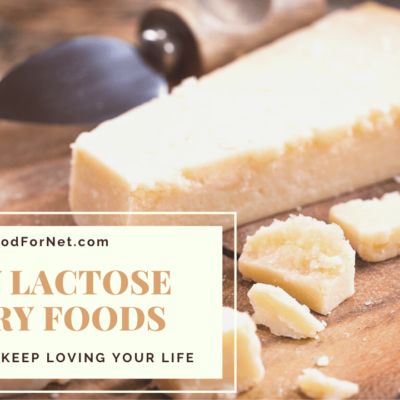
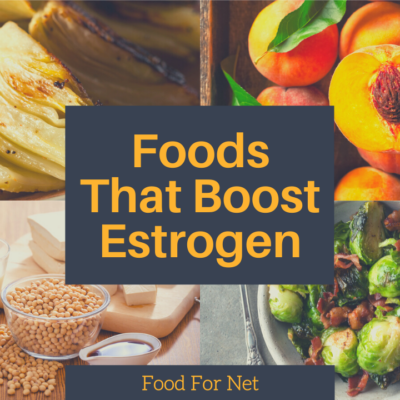
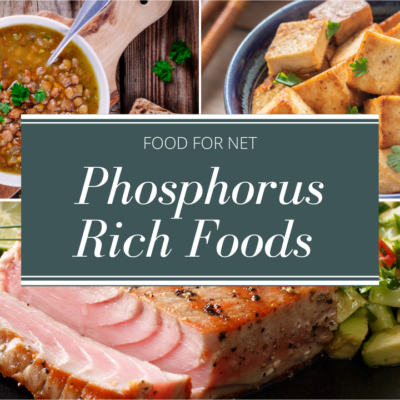
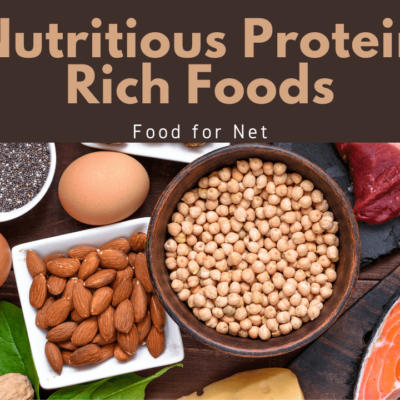
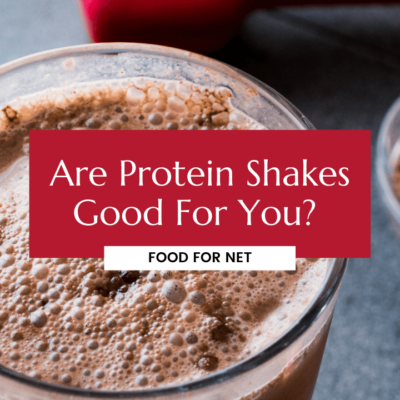
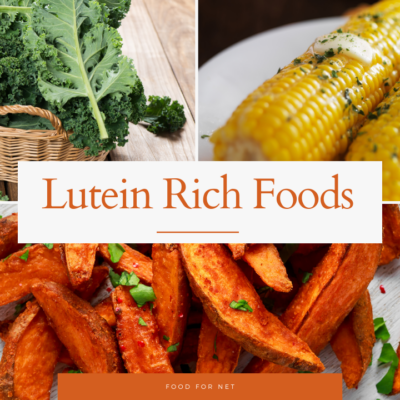
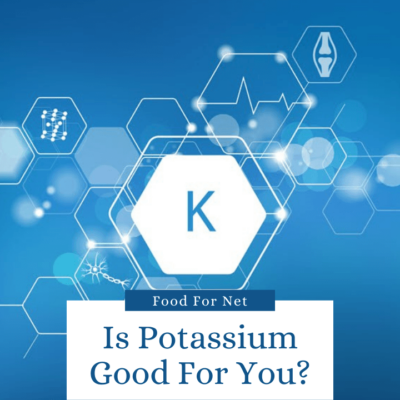
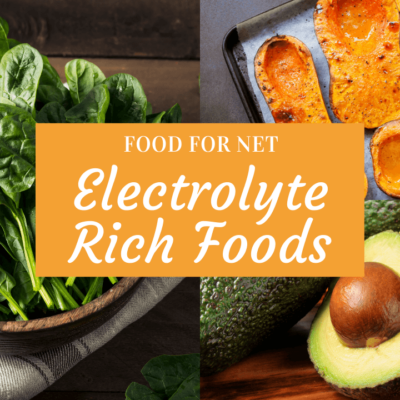
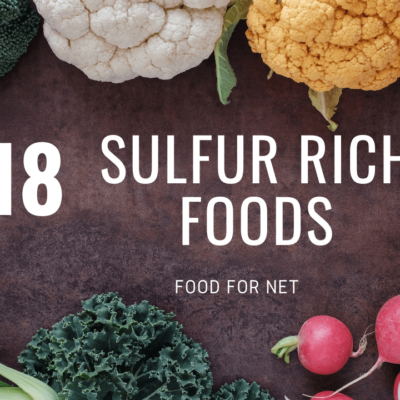
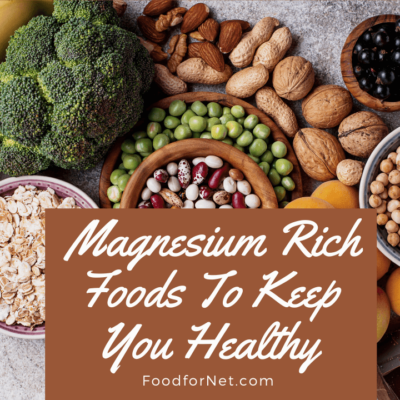
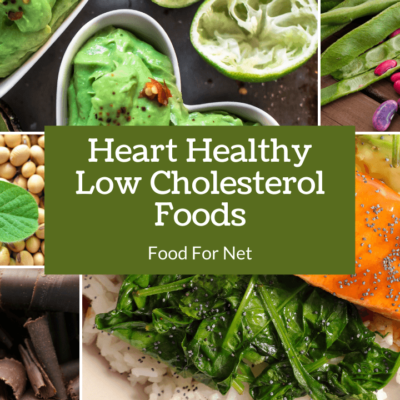
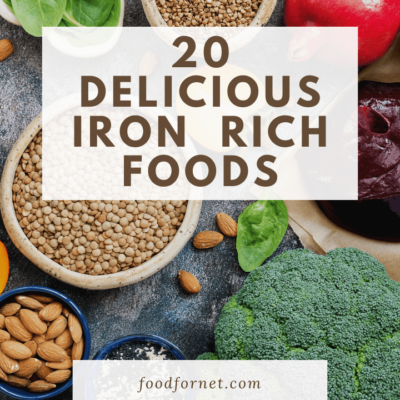

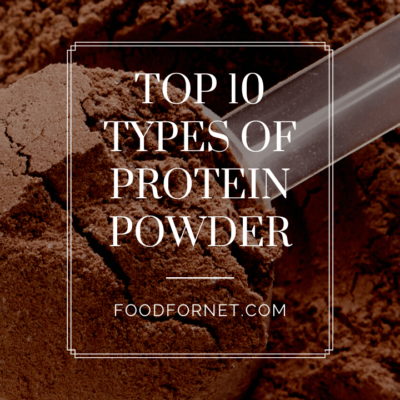
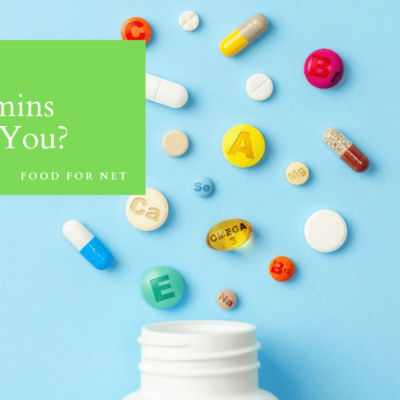

 5 Watch Of The Month Clubs
5 Watch Of The Month Clubs
Leave a Reply